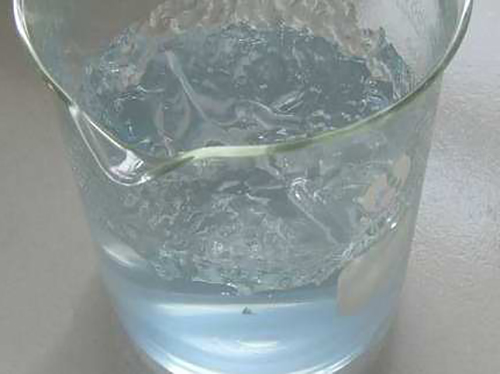acrylic homopolymer
Acrylic Homopolymer Properties, Applications, and Benefits
Acrylic homopolymers are polymers made from the polymerization of acrylic monomers, primarily methyl methacrylate (MMA). These polymers are crucial in a range of industrial applications due to their unique combination of properties, including transparency, UV stability, and chemical resistance. In this article, we will explore the characteristics of acrylic homopolymers, their various applications, and the benefits they provide across different sectors.
Properties of Acrylic Homopolymers
One of the standout properties of acrylic homopolymers is their excellent optical clarity. This transparency makes them a popular choice for applications requiring clear materials, such as lenses, safety glass, and various display components. Moreover, their UV resistance helps prevent yellowing and degradation when exposed to sunlight, making them suitable for outdoor applications.
In addition to their optical properties, acrylic homopolymers exhibit good impact resistance and thermal stability. This combination allows these materials to withstand physical stresses and temperature fluctuations without losing their integrity or performance. They also have a low density, making them lightweight alternatives to traditional materials like glass or metals.
Chemically, acrylic homopolymers are stable and resistant to many solvents, providing versatility in different environments. They demonstrate good adhesion properties, which are beneficial in coatings and adhesives applications. Furthermore, they are relatively easy to process and shape, lending themselves to various manufacturing techniques, including extrusion, injection molding, and casting.
Applications of Acrylic Homopolymers
The versatility of acrylic homopolymers leads to their use in numerous applications across multiple industries
1. Construction and Architecture Acrylic homopolymers are used in the production of skylights, curtain walls, and signage due to their clarity and weather resistance. They can also be used in protective coatings for various surfaces.
2. Automotive Industry In vehicles, acrylic homopolymers are utilized for light covers, dashboards, and other interior components. Their impact resistance and clarity make them ideal for these applications.
acrylic homopolymer

3. Consumer Goods Acrylic products, such as containers, displays, and household items, benefit from the durability and aesthetic appeal of acrylic homopolymers. They are favored in the production of modern furniture and decorative items.
4. Medical Applications Acrylic homopolymers are used in medical devices and equipment due to their biocompatibility, clarity, and ease of sterilization. They can be found in items such as surgical instruments, medical trays, and even intraocular lenses.
5. Art and Design The artistic community often utilizes acrylics in paint formulations. Acrylic paints, which contain acrylic homopolymers, are known for their quick drying times, vibrant colors, and durability once cured.
Benefits of Acrylic Homopolymers
The benefits of using acrylic homopolymers are manifold
- Durability Their resistance to physical and chemical degradation prolongs the life of products made from these materials. - Versatility The ability to be molded into various shapes and the compatibility with different manufacturing processes open up design possibilities across industries.
- Aesthetics The exceptional clarity and gloss of acrylic homopolymers enhance product appearance, making them attractive choices for consumer-facing items.
- Sustainability Many acrylic products can be recycled, and advancements in polymer technology continue to improve the environmental footprint of acrylic homopolymers.
In conclusion, acrylic homopolymers offer a range of advantageous properties that make them fundamental in various industries. Their optical clarity, chemical resistance, and durable nature position them as materials of choice for innovative applications, paving the way for future advancements in technology and design. Whether in architecture, automotive, medical, or art, acrylic homopolymers continue to make a significant impact, underscoring their importance in modern materials science.
-
Pbtc Scale InhibitorPBTC: A Scale Protector for Industrial Water TreatmentNewsAug.05,2025
-
Organic Phosphonate: An Efficient Defender in the Field of Scale InhibitionNewsAug.05,2025
-
Hydrolyzed Polymaleic Anhydride: Green Pioneer in Scale Inhibition FieldNewsAug.05,2025
-
PAPEMP Polyamino Polyether Methylene Phosphonic Acid For SaleNewsAug.05,2025
-
Flocculant Water Treatment: A Pioneer in Purification in the Field of Water TreatmentNewsAug.05,2025
-
Benzyl Isothiazolinone: An Efficient and Broad-Spectrum Antibacterial Protective GuardNewsAug.05,2025





